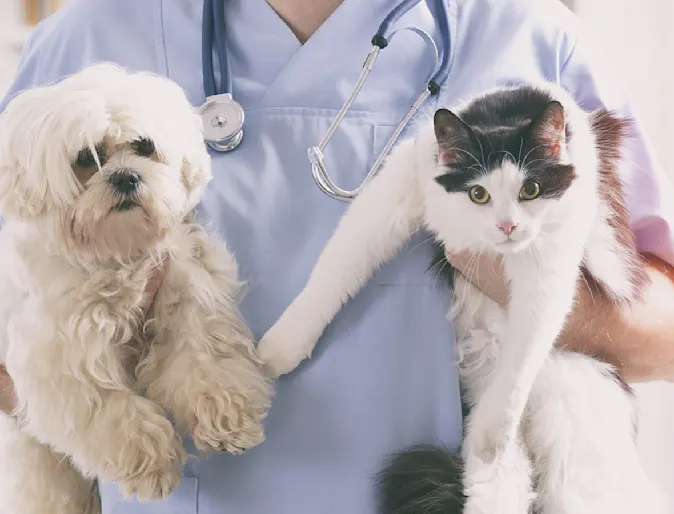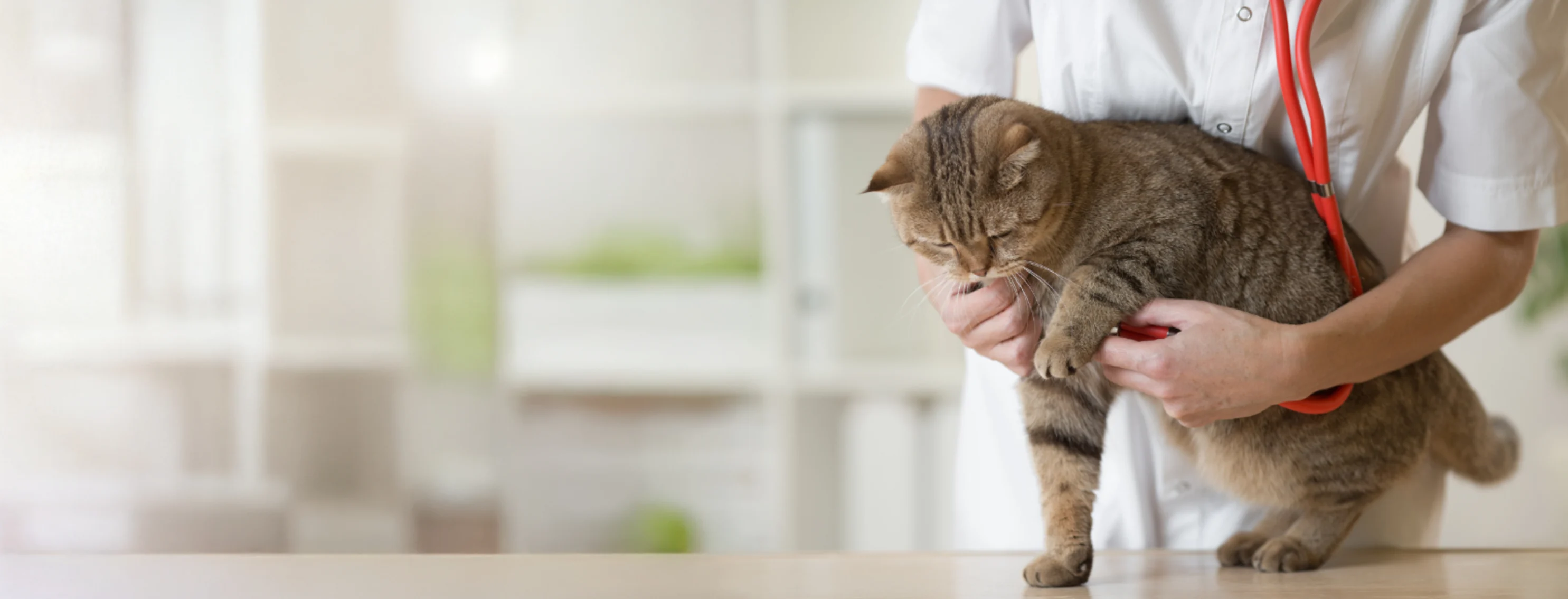Signs Your Pet's Condition Is Serious Enough for an emergency vet
Signs Your Pet's Condition Is Serious Enough for an emergency vet
Blog Article
All Concerning Veterinarian Surgery: Comprehending the Significance of Professional Take Care Of Your Pets
Vet surgical procedure is an important component of pet dog medical care. It incorporates different treatments, from regular optional surgical treatments to urgent treatments. Comprehending the details of these surgical procedures can assist pet proprietors make informed decisions. The prep work, execution, and recovery phases are important for making certain the well-being of animals. With proper knowledge, proprietors can navigate the complexities of vet care. What variables should be thought about before a pet dog undertakes surgical procedure?
Kinds of Vet Surgeries
When a family pet calls for medical treatment, understanding the different kinds of vet surgeries can aid animal proprietors make notified choices. Veterinary surgical treatments can be extensively categorized into three primary kinds: optional, immediate, and emergency situation surgical procedures. Elective surgical procedures, such as spaying or neutering, are prepared procedures that are not promptly deadly. Immediate surgeries, like those for international body elimination, have to be done quickly yet are not serious in the moment. Emergency surgeries, such as those dealing with serious trauma or inner blood loss, are critical and require prompt attention.Additionally, surgeries can differ in complexity, ranging from minimally invasive laparoscopic treatments to more extensive open surgical procedures. Each kind of surgery brings its own risks and recuperation processes. Recognizing these groups permits pet proprietors to participate in significant discussions with veterinarians, resulting in far better end results for their precious pet dogs.
Getting ready for Your Pet dog's Surgical treatment
Getting ready for a pet dog's surgical procedure entails a complete checklist to guarantee all essentials are covered. Reliable interaction with the vet is vital for understanding the treatment and any type of necessary pre-operative steps - tplo surgery for dogs. Additionally, having clear post-operative care guidelines will certainly aid owners offer the finest support for their recouping pet dogs
Pre-Surgery Checklist Fundamentals
Ensuring a smooth medical experience for a pet dog calls for mindful prep work and attention to information. A pre-surgery checklist is vital for pet owners to adhere to. First, confirming the set up surgery day and time is important. Proprietors must additionally validate that their animal has not eaten according to the vet's instructions, commonly for 8-12 hours before surgical procedure. Gathering needed medical documents, consisting of inoculation background, is essential for the veterinarian's evaluation. It is also recommended to prepare a comfy area in your home for the animal's recovery after surgery. Finally, owners need to have a plan for transportation to and from the vet center, making certain that the animal is safe and comfy throughout the journey. Complying with these steps can substantially boost the medical experience.
Communicating With Your Veterinarian

Reliable interaction with the veterinarian is essential for a successful medical experience for pet dogs. Proprietors need to be prepared to review their pet's case history, consisting of any pre-existing problems, medicines, and allergic reactions. This details helps the vet evaluate threats and tailor the surgical plan appropriately. In addition, pet owners should ask questions relating to the treatment, anesthesia, and anticipated results to assure they totally recognize the process. Clearing up any kind of uncertainties can relieve anxiousness for both the pet dog and the proprietor. It is additionally crucial to connect any type of behavioral modifications or issues observed in the pet leading up to the surgical treatment. Inevitably, clear discussion promotes trust fund and cooperation, making sure that family pets receive the most effective feasible care throughout their surgical trip.
Post-Operative Care Instructions
After going over the procedure with the vet, animal proprietors should focus on post-operative treatment instructions to help with a smooth recovery for their pet dogs. These instructions usually consist of monitoring the surgical site for indicators of infection, such as inflammation or discharge. Pet dogs might require to be kept one's cool and confined to stop too much movement that can disrupt healing. Pain administration is important, so owners ought to adhere to the vet's assistance on administering medicines. Additionally, nutritional limitations might be encouraged to prevent stomach distress. Regular follow-up visits are essential to assure appropriate recovery and resolve any issues. By sticking to these post-operative care directions, animal proprietors can considerably contribute to their pet's recovery and general wellness.
The Surgery Explained
The medical procedure for pets incorporates crucial actions that guarantee their security and recuperation. Pre-surgery preparations are vital for decreasing dangers, while post-operative care standards play an essential role in advertising recovery. Understanding these components aids animal owners navigate the surgical experience better.
Pre-Surgery Preparations
Before a family pet undergoes surgery, numerous crucial preparations have to occur to ensure a secure and effective procedure. A detailed veterinary evaluation is crucial to analyze the pet dog's overall health and determine any type of potential dangers. This may consist of blood tests, imaging, or various other diagnostics. The vet will additionally discuss anesthetic choices tailored to the animal's certain needs. Additionally, animal proprietors are usually instructed to hold back food and water for a specified time prior to surgery to minimize the risk of problems throughout anesthesia. It is essential for owners to supply a total clinical history, including any drugs or allergies, guaranteeing the medical team has all essential details. Correct communication and adherence to pre-surgery standards can greatly enhance the end result of the procedure.
Post-Operative Care Standards
Proper post-operative care is important for making certain a pet dog's healing adhering to surgery. After the procedure, family pets need to be kept track of very closely for any indications of issues, such as extreme bleeding, swelling, or uncommon actions. It is very important to adhere to the veterinarian's guidelines relating to medications, consisting of painkiller and prescription antibiotics. Animals should be kept in a peaceful, comfy environment to lower stress and advertise healing. Limiting activity is essential; short, leashed walks may be essential, but leaping or running should be stayed clear of. Regular follow-up visits ought to be scheduled to examine the recovery process. In addition, the medical site has to be maintained tidy and dry, with any type of indicators of infection reported to a vet promptly. Sticking to these standards enhances healing results.
Anesthetic and Pain Monitoring
Effective anesthesia and pain monitoring are essential parts of vet surgical procedure, ensuring that pets remain comfortable and safe throughout the treatment. Vets examine each animal's private demands, considering elements such as age, weight, health standing, and the sort of surgical treatment local vets for dogs being performed.Anesthesia procedures usually include a mix of pre-anesthetic drugs, induction representatives, and inhalant anesthetics, enabling for exact control over the pet's degree of awareness. Tracking during surgical procedure is important; veterinarians continually observe vital indicators to deal with any kind of prospective issues promptly.Pain management approaches may include opioids, non-steroidal anti-inflammatory medicines (NSAIDs), and anesthetics, tailored YOURURL.com to the pet's certain circumstance. This complex strategy aids lessen discomfort and promotes a smoother medical experience. By prioritizing efficient anesthesia and discomfort administration, veterinary experts improve the overall well-being of animals undergoing surgeries, guaranteeing they receive the highest standard of care.
Post-Operative Treatment and Recuperation
Adhering to surgical treatment, the emphasis moves to post-operative treatment and recuperation, which is crucial for ensuring an animal's risk-free return to normal activities. Throughout this period, family pets require a silent, comfortable setting to help recovery. Proprietors must closely check their family pets for any kind of signs of discomfort or unusual behavior.Veterinary guidelines typically include specific guidelines connected to drug administration, injury care, and nutritional modifications. It is vital to stick to these suggestions to reduce problems and advertise healing. Family pets might need to be limited from energetic activities, such as running or jumping, throughout their recuperation period (canine tplo surgery).Regular follow-up visits with the veterinarian enable monitoring of the pet dog's progress and timely adjustments to the treatment plan. Offering emotional support and companionship can likewise boost an animal's recovery experience, aiding to minimize stress and anxiousness. In general, attentive post-operative treatment plays a significant role in accomplishing a successful recovery
Acknowledging Difficulties After Surgical Treatment
Exactly how can pet dog owners recognize problems after surgical treatment? Recognition of particular signs is necessary for making sure the health of pets throughout healing. Usual signs consist of extreme swelling, redness, or discharge at the medical website, which may signify infection. Furthermore, consistent pain, suggested by whimpering or unwillingness to relocate, must trigger instant focus. Changes in cravings or water consumption can additionally show complications; a decline in these actions might indicate discomfort or distress.Moreover, pet dog owners should check their pet dogs for any type of unusual behavior, such as sleepiness or difficulty breathing, as these can be indications of major concerns. Vomiting or looseness of the bowels adhering to surgery might call for urgent vet analysis. Recognizing these problems early can greatly affect a family pet's recovery process, highlighting the importance of watchfulness and punctual communication click this link with a veterinarian for any kind of worrying signs.
The Function of Veterinary Specialists in Surgical Treatment
Veterinary professionals play a vital role in guaranteeing the security and success of surgeries for pets, particularly following surgery when keeping an eye on and care are vital. These professionals consist of vets, veterinary professionals, and support personnel, every one of whom contribute specialized abilities to the medical process.Before surgical procedure, veterinarians perform detailed analyses to evaluate the family pet's health, making certain that any type of hidden problems are managed. During the procedure, the medical group offers anesthesia, maintains sterile environments, and checks crucial signs, all crucial for decreasing risks.Post-operative treatment is equally significant; veterinary specialists observe for problems, take care of discomfort, and overview owners on healing practices. Their proficiency allows them to identify early indicators of distress or infection, making sure prompt intervention. Eventually, the joint initiatives of vet professionals in medical treatment cultivate a risk-free environment, advertising the health of animals throughout the medical trip.

Frequently Asked Concerns
How Do I Pick the Right Veterinary Cosmetic Surgeon for My Animal?
Selecting the right veterinary doctor includes investigating certifications, checking out reviews, and examining the clinic's atmosphere. It is vital to assess the cosmetic surgeon's experience with specific procedures and their communication style when making a decision.
What Prevail Misconceptions About Vet Surgeries?
Usual false impressions regarding vet surgical procedures include beliefs that they are always high-risk, unneeded, or just for emergency situations. Numerous pet owners ignore the advantages of preventative procedures and the skill associated with vet medical care.
Just How Much Will My Pet dog's Surgical treatment Price?
The price of a pet dog's surgical procedure can differ substantially based upon aspects such as the sort of procedure, the veterinarian's experience, and geographic location (tplo surgery). Generally, costs vary from a couple of hundred to a number of thousand bucks

Can My Pet Consume Prior To Surgery?
Before surgery, it is generally advised that animals refrain from consuming for a details period. This fasting aids reduce the danger of complications throughout anesthetic. Owners should consult their vet for exact directions tailored to their pet dog's needs.
What if My Animal Has Pre-Existing Health And Wellness Conditions?
When an animal has pre-existing wellness conditions, it's crucial for the veterinarian to analyze these aspects prior to surgical treatment. This examination warranties appropriate safety measures are taken, lessening dangers and enhancing the family pet's general safety during the procedure.
Report this page